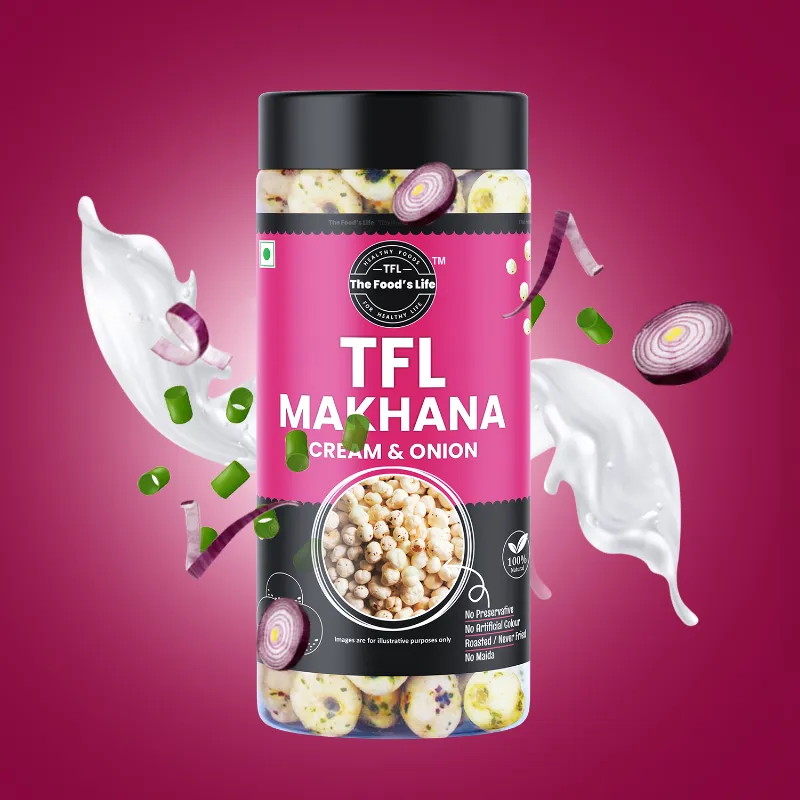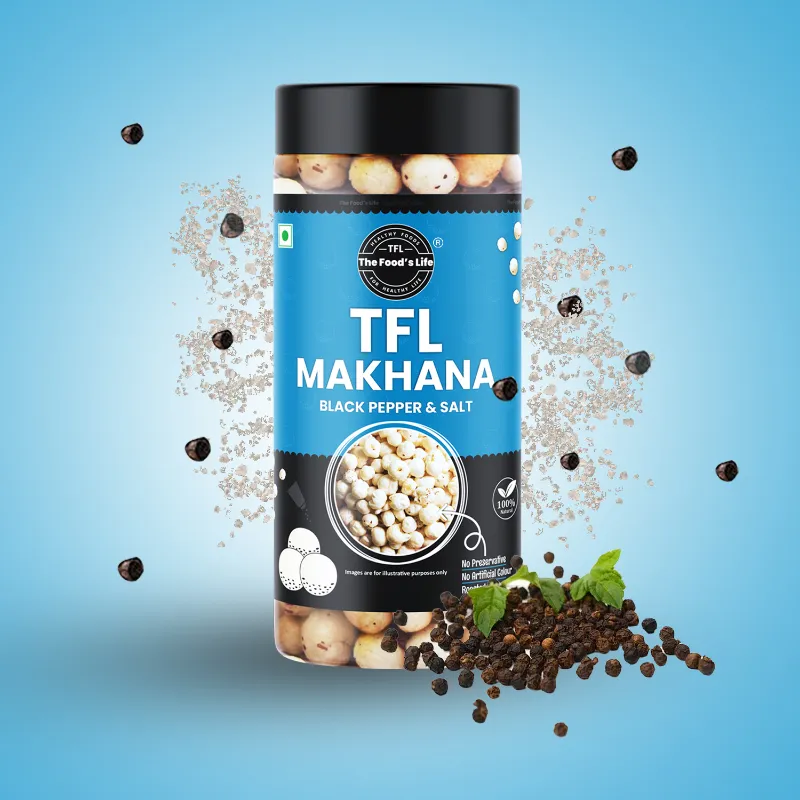Managing diabetes requires a keen eye on dietary choices, as what we eat can significantly influence blood sugar levels. Among the myriad of snack options available today, makhana, also known as fox nuts or lotus seeds, has gained popularity as a healthy alternative. If you are wondering whether makhana can be eaten by a diabetic, this blog will explore its nutritional profile and health benefits, particularly for those managing diabetes, and discuss how incorporating TFL makhana into your diet can be beneficial. Makhana is derived from the seeds of the Euryale Fox plant, which grows in water bodies primarily in India and China. These light, crunchy seeds have been a staple in traditional Indian cuisine and are gaining attention for their numerous health benefits. They are gluten-free, low in calories, and have a unique texture that makes them a delightful snack. Makhana is packed with nutrients that make it a wise choice for individuals with diabetes: The primary concern for anyone managing diabetes is controlling blood sugar levels. Makhana’s low glycemic index makes it an ideal snack for individuals with diabetes. When considering if makhana can be eaten by a diabetic, the answer is a resounding yes! Its slow-release carbohydrates can help prevent sudden spikes in blood sugar, allowing for better overall management of diabetes. Makhana is high in protein and fiber, which means it can help you feel full and satisfied after snacking. This can be especially beneficial for those looking to manage their weight, as maintaining a healthy weight is crucial for diabetes control. By incorporating TFL makhana into your snacks, you can help curb hunger while enjoying a tasty treat. People with diabetes are at a higher risk of developing heart disease. Makhana is low in saturated fat and cholesterol-free, making it a heart-healthy snack choice. Additionally, the potassium content in makhana helps regulate blood pressure, further supporting cardiovascular health. Maintaining a healthy weight is important for managing diabetes. Makhana is low in calories, making it an ideal snack for those looking to lose or maintain weight. Choosing healthy snacks like TFL makhana can help keep calorie intake in check while providing essential nutrients. Makhana is incredibly versatile and can be enjoyed in various ways. You can roast them with spices for a savory snack, add them to salads for a crunch, or incorporate them into sweet dishes like kheer (a traditional Indian pudding). This versatility makes it easy to include makhana in your diet without getting bored. While makhana is generally safe and beneficial for most people, it's important to consider portion sizes. Like all foods, moderation is key. Although makhana is low in calories, it can still contribute to calorie intake if consumed excessively. Be mindful of your overall diet and try to incorporate a variety of foods for balanced nutrition. In summary, if you are questioning whether makhana can be eaten by a diabetic, the answer is clear: makhana is an excellent snack option for managing diabetes. Its low glycemic index, rich nutrient profile, and versatility make it a smart choice for those looking to maintain healthy blood sugar levels. Incorporating TFL makhana into your diet can provide you with a delicious and nutritious snack that supports your overall health and helps you manage diabetes effectively. So, the next time you are looking for a healthy snack, consider reaching for some makhana. It’s a delightful way to satisfy your cravings while staying on track with your health goals!Understanding Makhana
Nutritional Profile of Makhana
Benefits of Makhana for Diabetes Management
Helps Control Blood Sugar Levels
Promotes Satiety
Supports Heart Health
Aids in Weight Management
Versatile Snacking Option
How to Incorporate Makhana into Your Diet
Potential Concerns
Conclusion
FREE DELIVERY ON ORDERS ABOVE ₹500/-
FREE DELIVERY ON ORDERS ABOVE ₹500/-
FREE DELIVERY ON ORDERS ABOVE ₹500/-
FREE DELIVERY ON ORDERS ABOVE ₹500/-
FREE DELIVERY ON ORDERS ABOVE ₹500/-
FREE DELIVERY ON ORDERS ABOVE ₹500/-
FREE DELIVERY ON ORDERS ABOVE ₹500/-
FREE DELIVERY ON ORDERS ABOVE ₹500/-
FREE DELIVERY ON ORDERS ABOVE ₹500/-
FREE DELIVERY ON ORDERS ABOVE ₹500/-

Recommended Products





